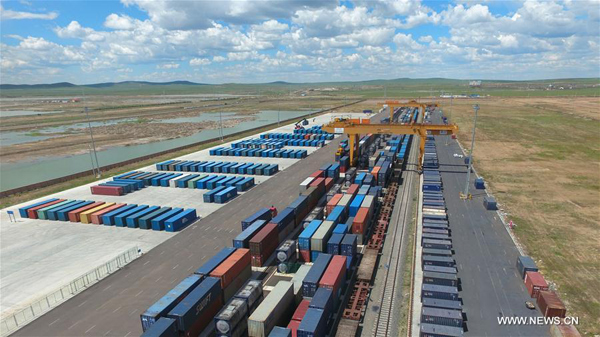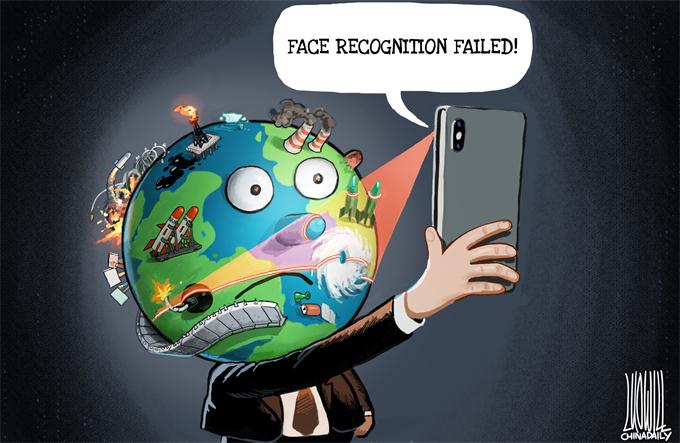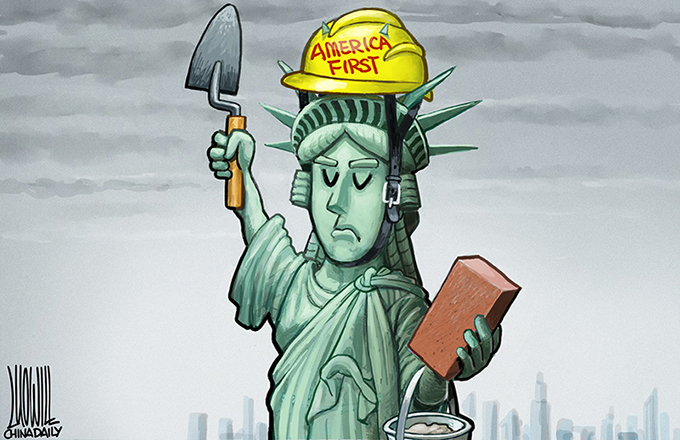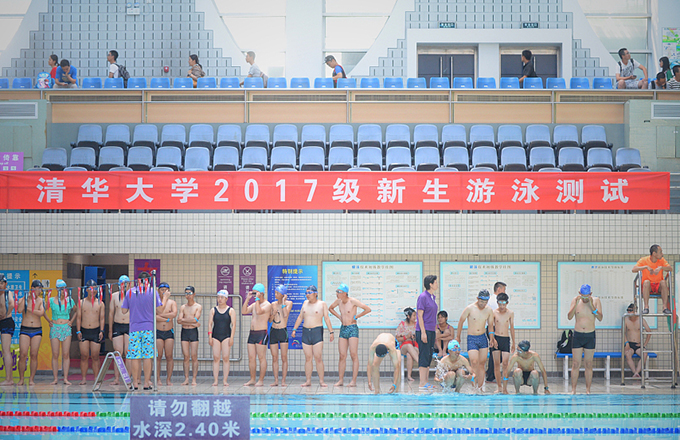Belt and Road 'architecture' strong, with more construction ahead
 |
|
Photo taken on June 23, 2016 shows a container yard at the port of Manzhouli, Inner Mongolia autonomous region. [Photo/Xinhua] |
Professor Denis Galligan at the Oxford University Faculty of Law's first BRI summit this month made the astute observation that if BRI was going to work and achieve its objectives, it needed a legal framework for its international scope. Galligan was quoted in Xinhua, saying: "In order to create infrastructure, common laws and regulations, institutions that are inherently across borders, you need a legal framework. You need some common standards, laws on specific issues such as banking, finance or investment." While this is certainly true, and much spadework lies ahead, it is also necessary to acknowledge the frameworks and structures which China has already put in place and is further developing.
Collectively, I call these frameworks the BRI architecture. This distinctive architecture includes China's strategic partnerships with selected foreign countries, related BRI memoranda of understanding, China's bilateral investment treaties and free trade agreements, as well as China's membership in or inter-connection with mega-regional trading blocs that are emerging in Asia, Africa, and the Pacific. These include the Regional Comprehensive Economic Partnership, the Shanghai Cooperation Organization, the Russian-led Eurasian Economic Union, Africa's Continental Free Trade Area, and the Free Trade Area of Asia Pacific. There is already a tremendous amount of legal and policy content in the BRI architecture – significant proportions of which derive from China's negotiation of trade and investment policies and rules related to these pacts. Moreover, many of the BRI trade and investment rules have been the subject of extensive legal interpretation by international bodies and tribunals. Furthermore, China-ASEAN trade, investment and services agreements, in particular, should serve as useful templates for regional economic integration in other emerging BRI-related free trade areas.
To be sure, BRI offers large opportunities for China and other participants to engage in active new rule-making and the harmonization of national laws and regulations. In this regard, China is in a position to promote the adoption of UN conventions and model laws, including the UN Convention on Contracts for the International Sale of Goods, the UN Convention on the Use of Electronic Communications in International Contracts, and the UNCITRAL Model Law on E-Commerce — as China is already a party to these instruments or has equivalent national legislation in place. As Galligan points out, there is still a need to forge consensus among BRI partners on a wide range of technical standards, including those related to construction, transportation systems, health and safety, but China is working on such issues in various BRI contexts, as well as in multilateral forums. For someone who has been involved with the Chinese legal system for over three decades, it is a marvel to behold the export of Chinese laws and legal institutions as China begins to provide technical assistance to less developed BRI partners for their own legal systems' development. This is particularly evident in Africa, pursuant to China's current FOCAC Johannesburg Action Plans (2016-18) and China's second Africa policy paper. Of equal importance is China's opportunity to transmit its unsurpassed administrative traditions to other BRI partners in order to foster global good governance and combat corruption and official malfeasance.
Galligan also alludes to the development of transnational BRI institutions. New institution building opens up a vast uncharted territory for China and its BRI partners, and indeed offers the promise of fresh beginnings for all of humanity. China has already begun to tread down this historic path with the establishment of the Asian Infrastructure Investment Bank and its related RMB internationalization efforts. However, there would seem to be other pressing institutional necessities. Given BRI's immense size and geographical scope, a transnational BRI secretariat, replete with specialized regulatory bodies, would appear to be in order — initially in order to provide policy coherence and coordination among BRI States and their related free trade areas. However, going forward, there should be fertile prospects for eventual "behind the borders" regulatory convergence and harmonization. BRI dispute resolution is another area where new institutional architecture would seem highly desirable. A BRI dispute settlement commission could conceivably provide a comprehensive umbrella for conciliation and arbitration of both public and private BRI trade and investment disputes. No such international institution currently exists.
As may be noted, there is considerable BRI architecture already in place, but there is evidently much more construction ahead. The rapidly evolving architecture should provide a versatile vehicle for China and its BRI partners to re-invent what were once solely Western-determined global institutions.
Donald Lewis is currently a visiting professor at the University of International Business and Economics School of Law and a research fellow of the Center for China and Globalization in Beijing. He is also an adjunct professor at the University of San Francisco School of Management in California.
- Consulting giant taps Belt and Road markets
- Hong Kong-ASEAN FTA to enhance cooperation under Belt and Road Initiative: expert
- Facts & figures: Broad support for Belt and Road Initiative
- Ningbo becomes 'Belt and Road' pilot zone
- Europe should be part of China-proposed Belt and Road Initiative: former French PM
- Bay area a key pillar for Belt and Road's goals





















